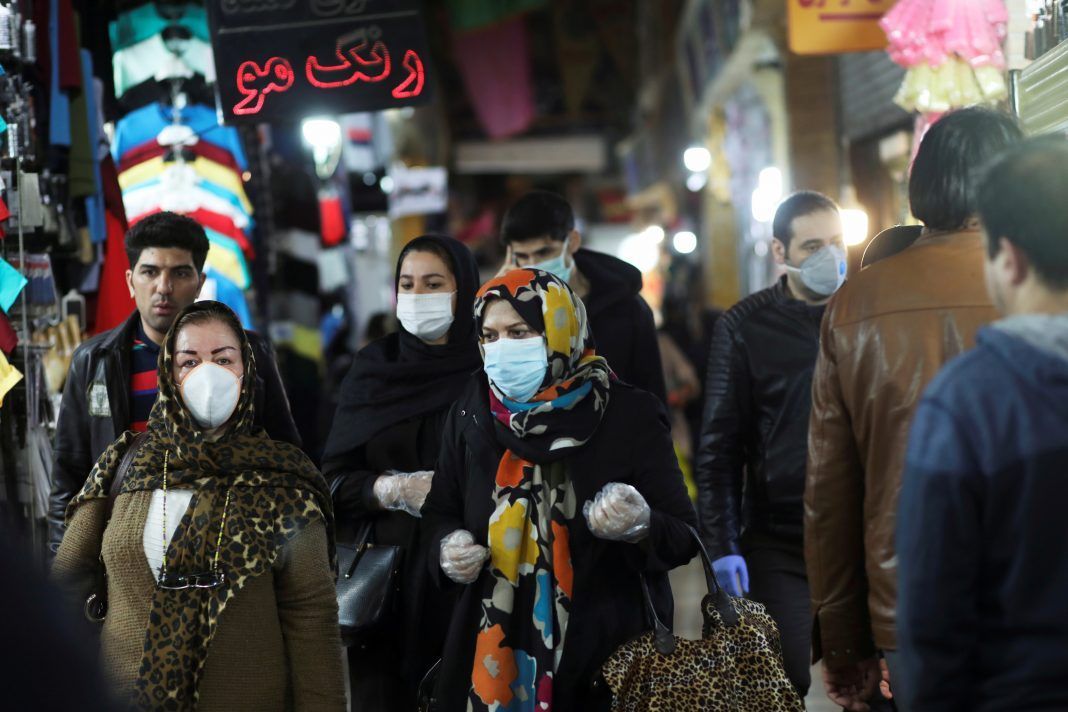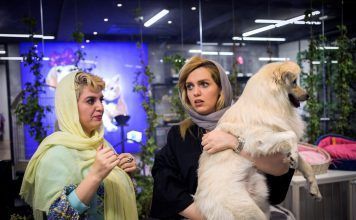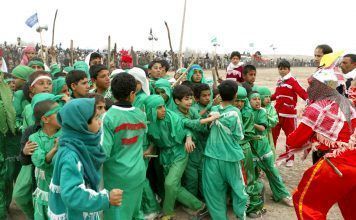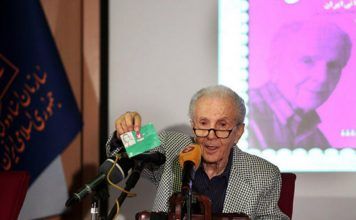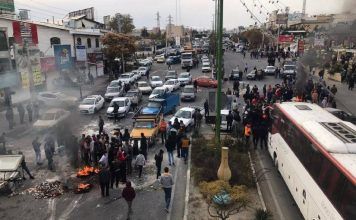Less than half a percent of the Iranian population is infected with the coronavirus, and, therefore, there is no need to pursue a policy of herd immunity, according to Hossein Erfani, the head of the Center for Communicable Disease Control and Prevention of the Ministry of Health and Medical Sciences.
Mr. Erfani made the comments during an interview with the Islamic Republic News Agency (IRNA).
“Around one in a thousand Iranians is sick with COVID-19. At least 70 percent to 75 percent of a population must be infected with a virus before herd immunity could be effective,” Erfani said. “Less than half a percent of the Iranian population is infected with coronavirus, a recent report by the Health Ministry has said.”
According to data released by the Health Ministry, the Novel Coronavirus COVID-19 infected 99,970 and claimed 6,340 lives as of May 6. Some 80,475 people have recovered from the disease so far.
Herd immunity, also known as community immunity, occurs when a large percentage of a population becomes immune to a disease through vaccination or prior infection. That lowers the risk of a virus being transmitted from one person to another.
“We have a long way to go before discussing herd immunity in Iran, so people should not relax and think they are immune to the disease,” Erfani noted. “Our communities are not immune to the infection, given that no one has found a vaccine or medicine to prevent or cure COVID-19. A large segment of the population is still at risk of contracting the coronavirus.”
“Even people who have had the virus might get reinfected if their bodies do not produce antibodies. Also, having an antibody does not automatically protect a person from repeat infection,” Erfani warned. “Therefore, the only way to fight the spread of the virus is by practicing stringent health and hygiene habits.”
Asked if we can expect a COVID-19 vaccine around the same time people usually get their flu jabs in August and September, Erfani replied: “There is no vaccine for COVID-19. Also, it would take between six months to a year to mass-produce a vaccine after it has been approved. Barring a miracle, we will not have a vaccine for COVID-19 by fall, given the reality of the situation.”
“We have asked Iran’s Food and Drug Organization to increase the import of influenza vaccine this year, so people will have one less thing to worry about,” Erfani noted. “Flu vaccines protect against three or four types of the flu virus, which consist of one A type and one or two B types. They have nothing to do with coronavirus. Also, we do not have a vaccine for previous types of coronavirus. There has never been a need for developing a vaccine for four other benign types of coronavirus. There is also no vaccine for SARS [Severe Acute Respiratory Syndrome-related coronavirus] and MERS [Middle East Respiratory Syndrome-related coronavirus].”
Asked about the effectiveness of Remdesivir, a drug developed by the American biopharmaceutical company Gilead Sciences to treat people with COVID-19, Erfani said: “We are conducting clinical trials on Remdesivir, but have had no conclusive results so far. It is not part of our COVID-19 treatment protocol yet. While there is no vaccine for COVID-19, we prescribe Chloroquine to outpatients. We also give a combination of Chloroquine and Kaletra [lopinavir and ritonavir] to those with mild symptoms, and add a third medicine, Ribavirin, for patients in the ICU [Intensive Care Unit].”
“So far, we have issued six guidelines to state and private hospitals and our medical community on ways to diagnose and control COVID-19, and also protocols to treat day patients, outpatients, and those who need hospitalization,” Erfani added. “These procedures and protocols may change as we gain more knowledge and experience about the coronavirus.”
This article was translated and adapted from Persian by Fardine Hamidi.

